The climate world has recovered from the “COP of Action” that took place a month ago. Though the COP22 negotiations came under a dark cloud of uncertainty, due to outcomes of the US presidential elections, African Statesmen and country representatives continued with rigors conversations, debates, side events, releasing reports, forging new commitments to combating climate changes on the continent and implementing plans that action pathways to a sustainable existence.
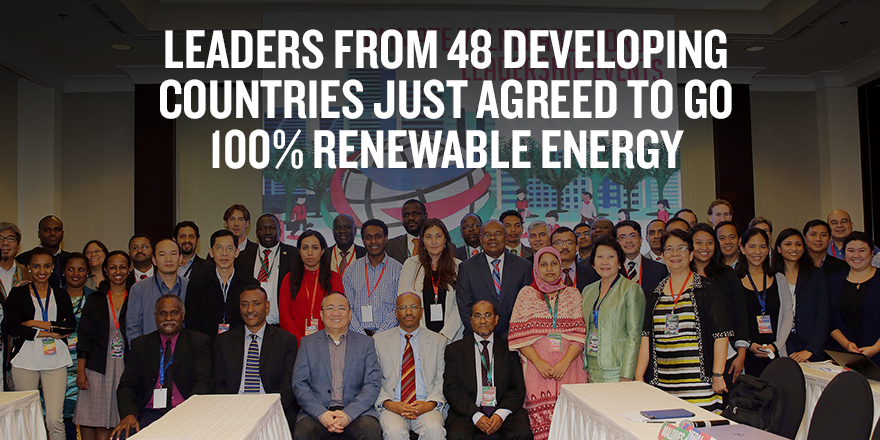
As a key outcome of the “COP of Africa”, developing nations including those from Africa, endorsed the Global Partnership on Renewable Energy and Energy Efficiency Partnership. Aiming to deliver concrete action plans that move away from fossil fuels but towards integrated holistic energy systems that foster development whilst lighting up the continent. Least Developed Countries (LDC) ensured they left the conference with roadmaps requiring governments halt all new energy generating plans that will see the continent endure more climate challenges.
On November 22nd Kenya ratified the Paris Agreement, and in Marrakesh the President made a powerful statement that “urged world leaders to remain committed to the Paris Agreement on climate change that gave hope to poorest countries.”
Meanwhile, on the ground, located in Kenya’s coast province, is a remote island, Lamu Island, the oldest existing Swahili Settlement, where currently the community is involved in an ongoing “battle” to protect their heritage, the marine and biodiversity on their mainland against a mega coal plant by Amu Power Company.
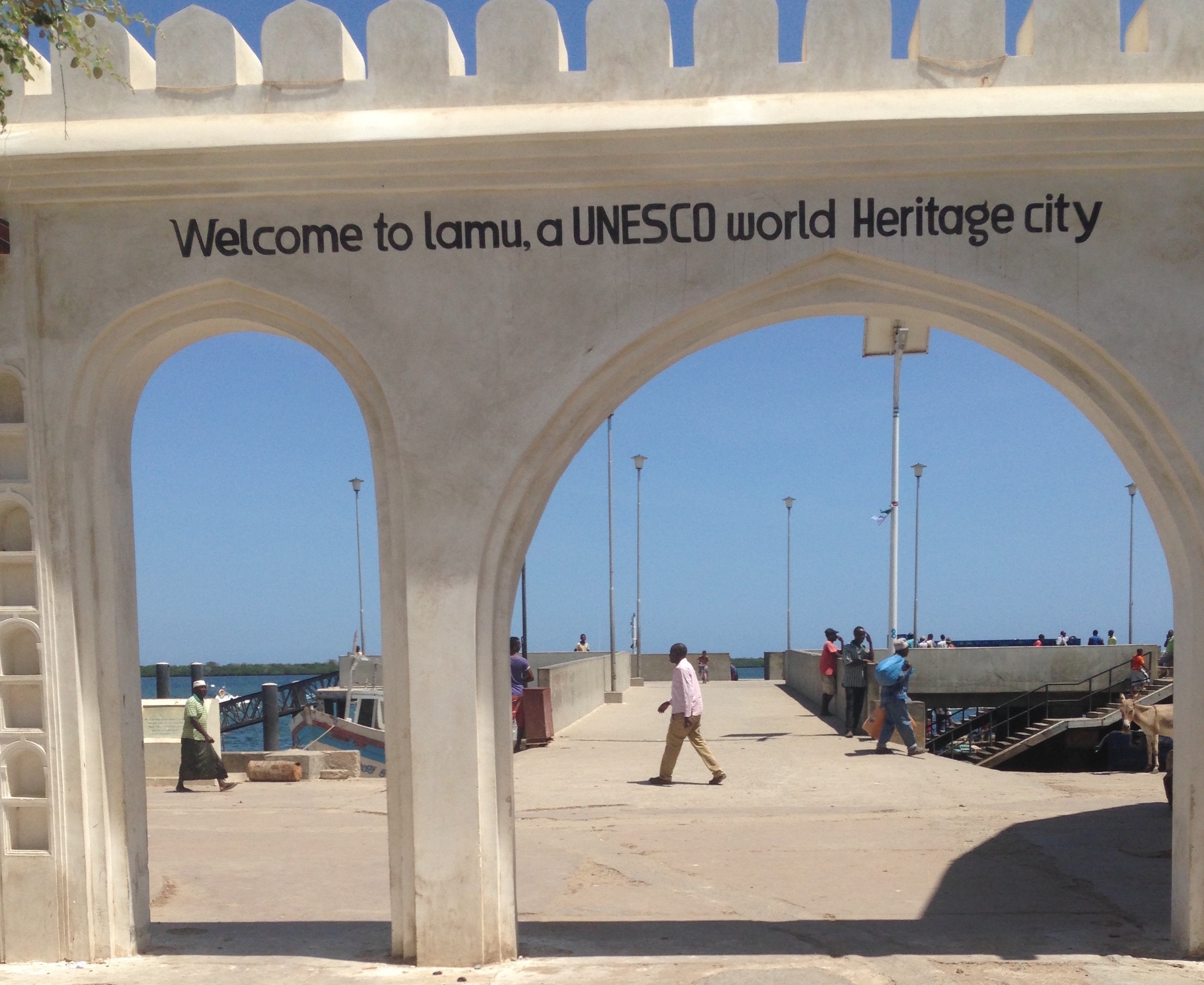
Since 2013 Save Lamu has been opposing the project due to the irreversible health impacts on people and the protected UNESCO heritage site. Communities are opposed to the hazard that will be imposed on this pristine location.
Here’s a quick recap of the series of events that have brought us to this notable moment.
July 2016, Amu Power Company Limited, files The Environmental Impact Assessment (EIA) report f,or the Lamu Coal-Powered Plant.
August 29th, members of public submitted their objections to the project, reason stated included, lack of clear resettlement plans and AMU Power Plant inadequately addressed coal as dirty energy and alternative sources were not adequately explored.
September 7th, despite dissenting submissions voiced by members of the public, The National Environment Management Authority (NEMA), tasked to implement all policies relating to the environment, went ahead and issued the EIA license (NEMA/EIA/PSL/3798), eight days after the public submissions. The timing of this award raised speculative questions about the seriousness NEMA accorded to comments from the public.
October 28th Save Lamu Natural Justice objected the grant of the license to Amu Power, leading to a reaction from Energy Regulatory Commission, clearly stating that Amu FAILED to meet all National Environmental Management Authority (NEMA) license requirements.
To issue this EIA licence to Amu Power without following due process, is a direct contravention of the constitution and compromises the vital and obligatory role of public participation.
December 6th,
The public hearing between Save Lamu, the local county Government, Amu Power and NEMA that was planned to take place on December 6th didn’t finally happen as scheduled. Save Lamu activists and supporters organized an alternative public hearing in Lamu after ERC had chosen an inaccessible and unsafe venue for complaints. That decision was motivated by the determination to showcase the power of the people in demanding a halt of the proposed destructive coal plant and to ensure that the voices and concerns of community members can be freely and openly expressed.
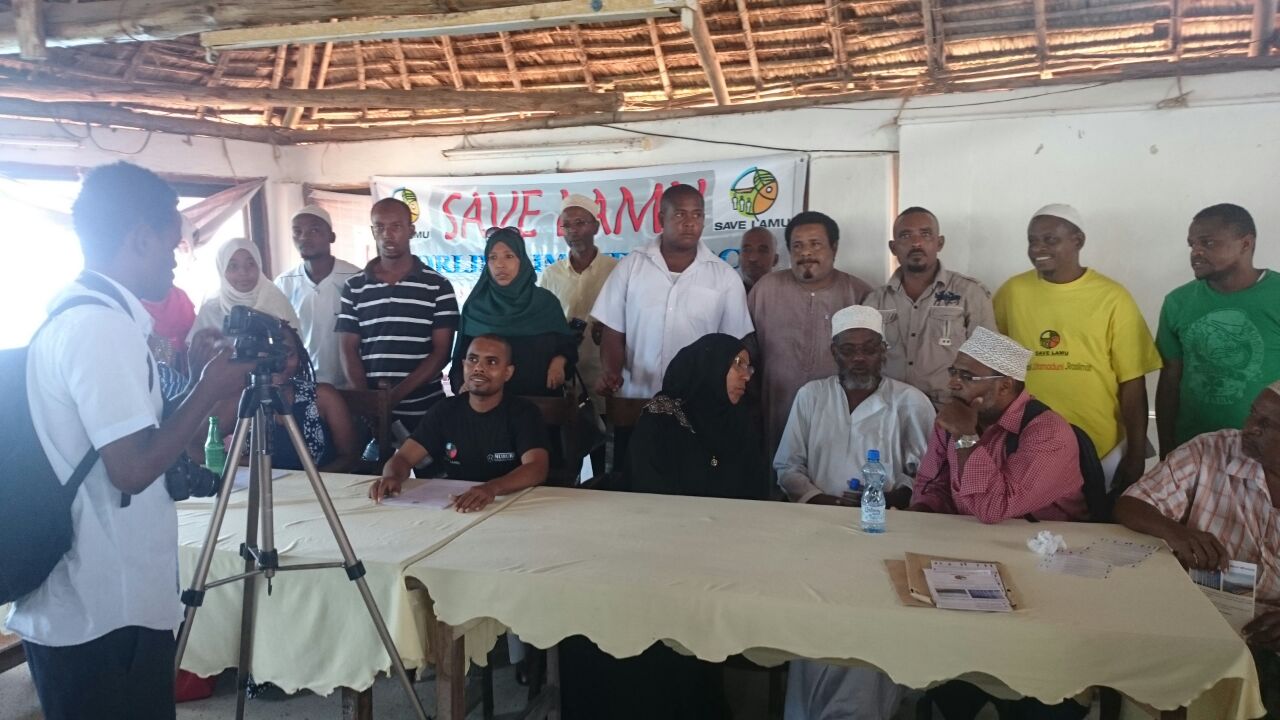
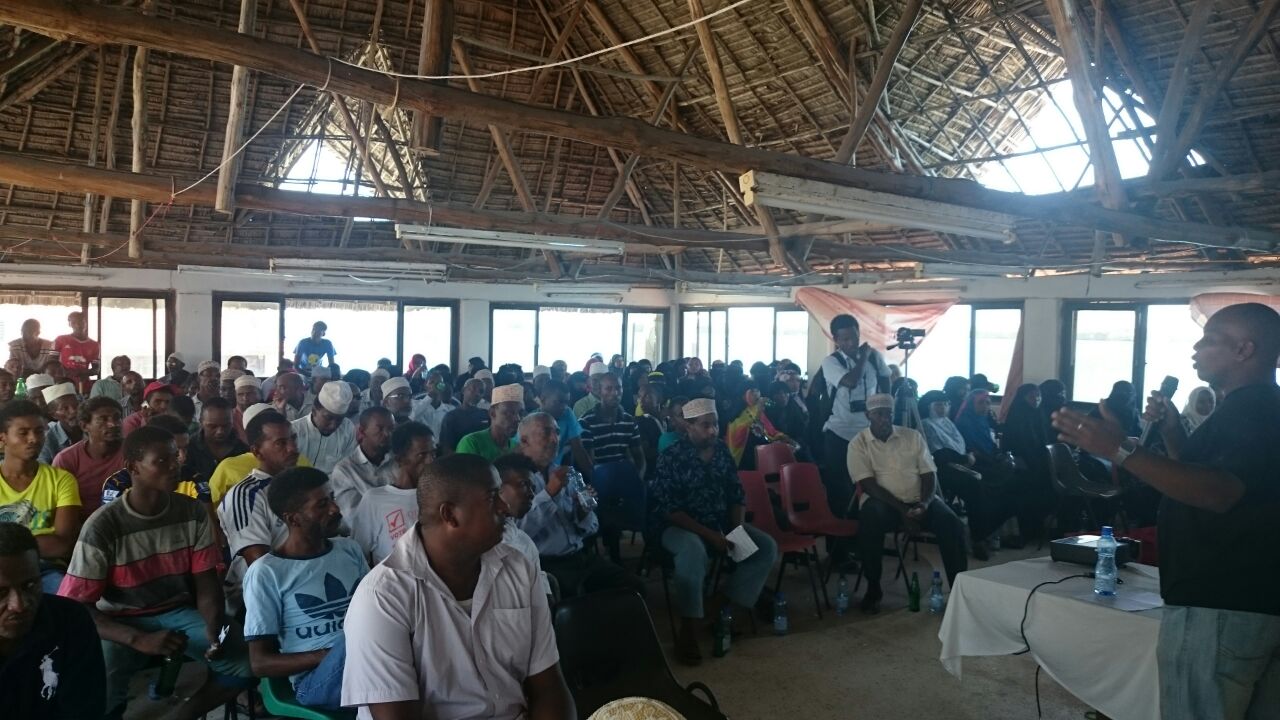
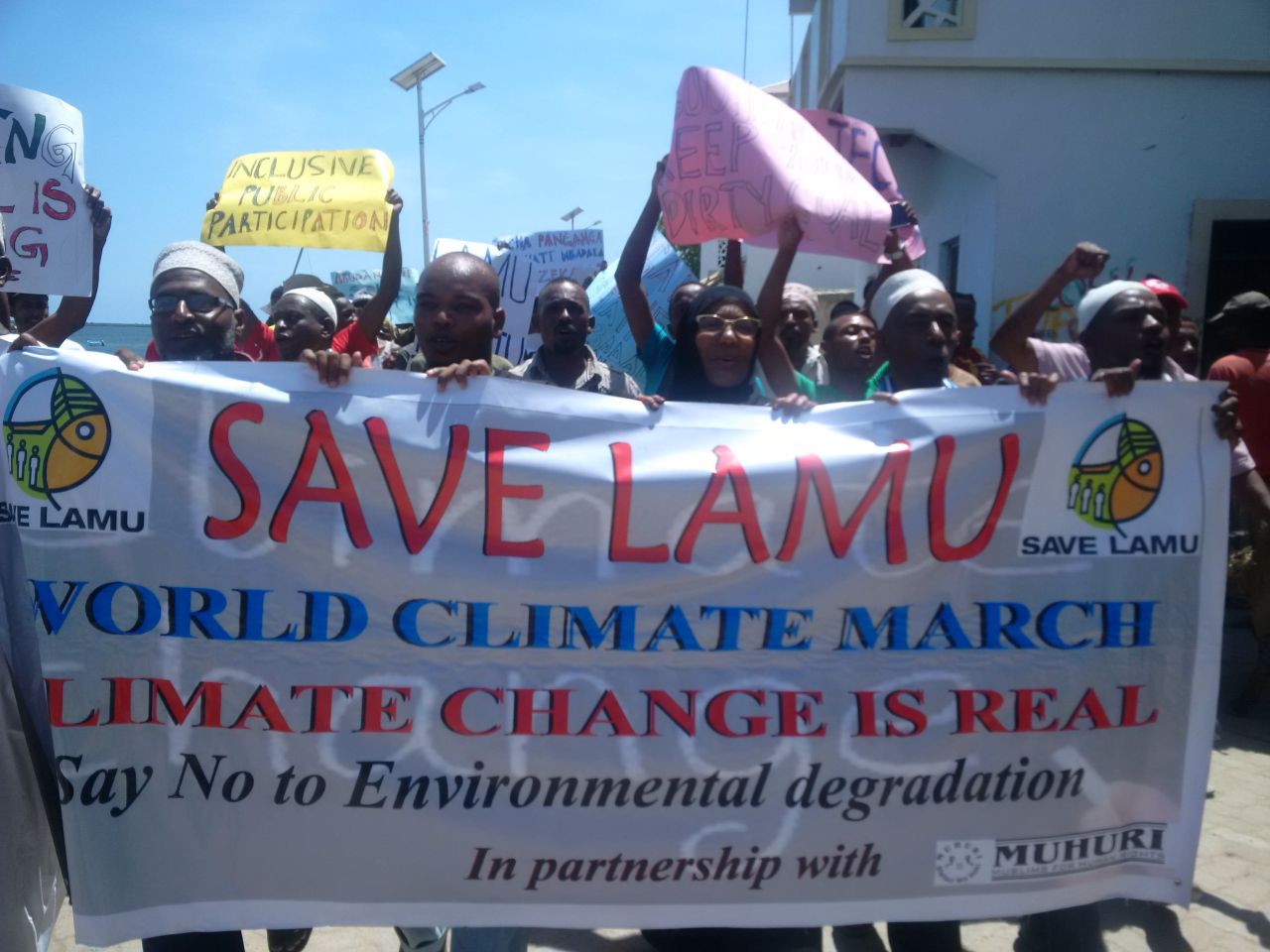
The battle line emerged when Save Lamu and the community members were shortchanged on a venue allocation for this big day. Save Lamu had been reliably informed of higher powers that had an upper hand influence on the public hearing Venue by ERC. The process has already been compromised.
“Amu Power and the government ignored all our preferred locations for this public hearing. Instead, without further consultation they selected a venue that was not on our list, and one that was very hostile, insecure and inaccessible to the majority of Lamu residence” said Wahlid Ahmed, Lamu Youth Alliance.
Following these developments, Save Lamu and partners organized an alternative and parallel public hearing to accommodate all the affected communities. Later on the participants, between 400-500 residents including men,women, children peacefully march along the tiny corridors and streets in this beautiful town. This protest ended with a full blast and commitment from Hon. Shakilla Abdalla, Lamu county Women Representative who said, ‘’we will continue to fight the cartels. This is just the beginning. We will fight you through our courts up to the international courts. We don’t want coal in Lamu!”
After thorough consultations with legal representatives, Save Lamu is strategizing on officially and legally reaching out to ERC with reasons behind their boycott.
If Kenyan government approves the construction of the coal plant, the 25 year long term plan will secure Kenya’s position on the wrong side of climate history.
